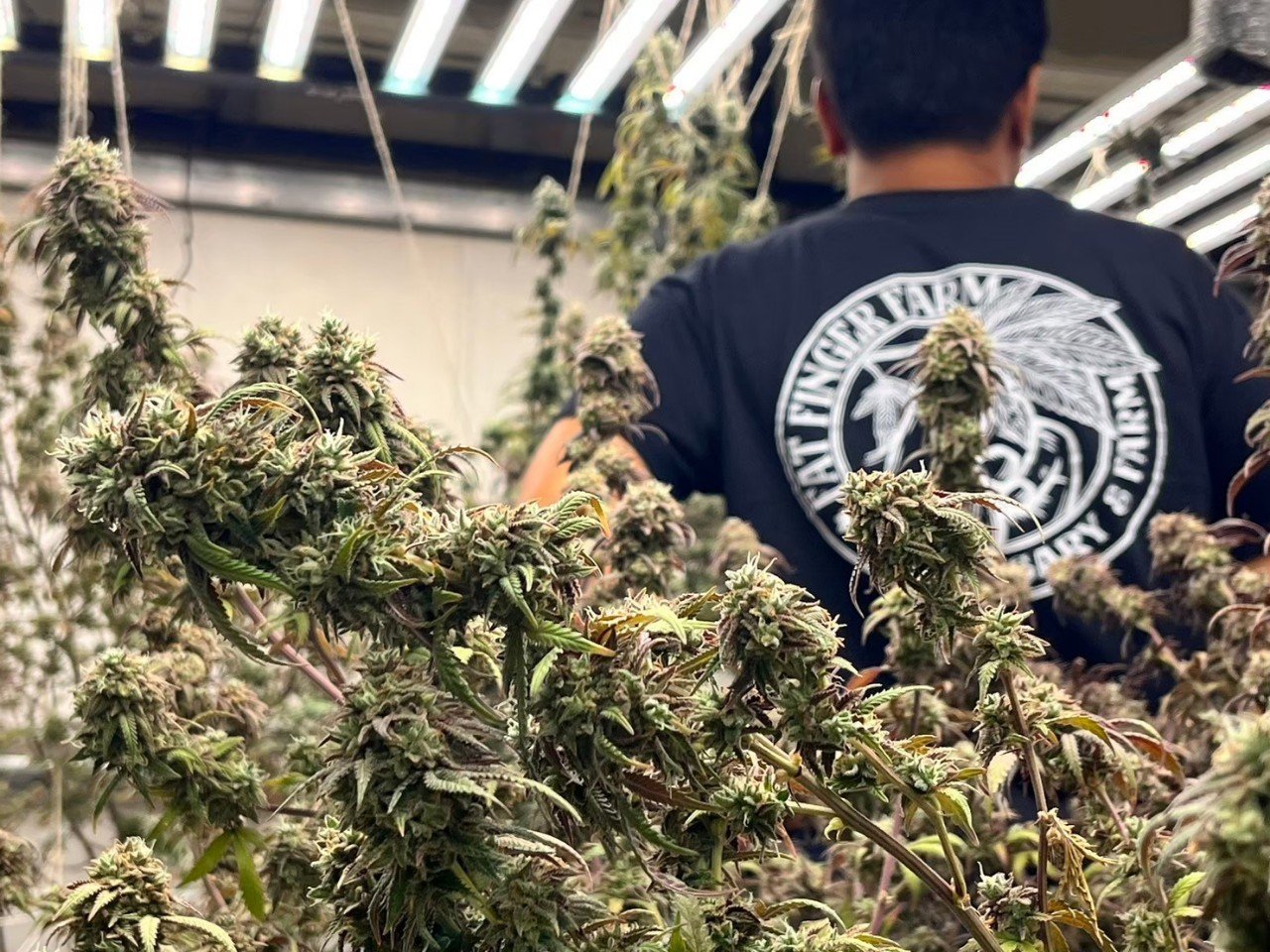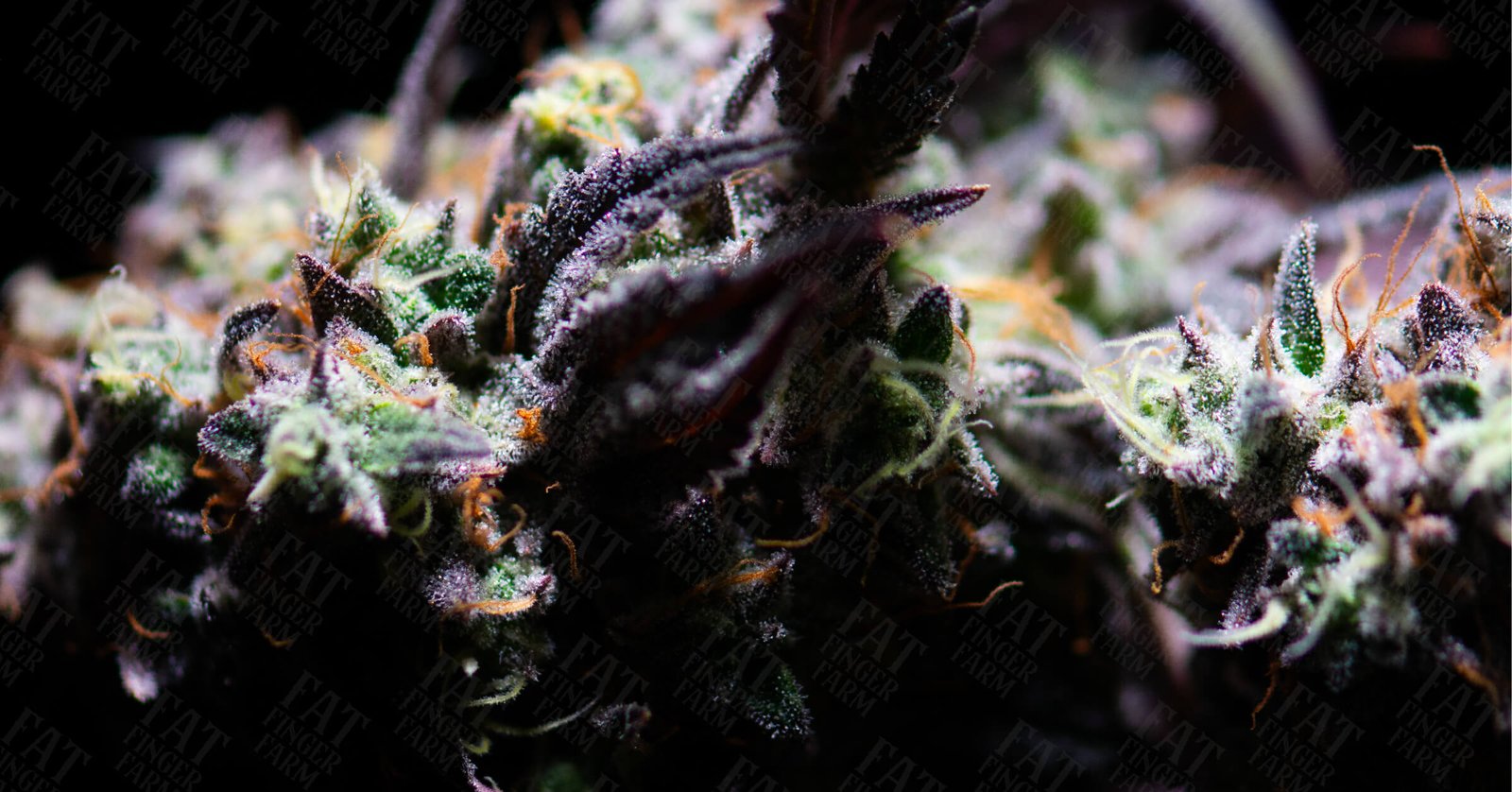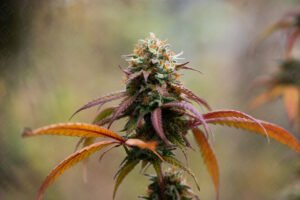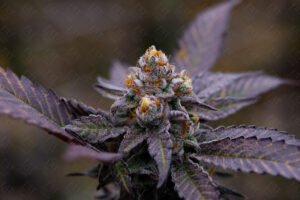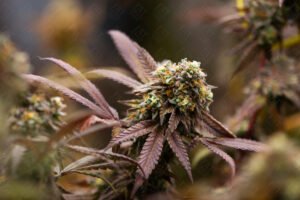Terpenes are natural compounds found in plants. They’re responsible for how things smell — like citrus, pine, herbs, or tree resin.
In cannabis, terpenes are what give each strain its specific aroma. Some are fruity, some sharp, some earthy. These scents aren’t just surface details — they reflect the plant’s composition and growing conditions.
Each strain tends to carry its own terpene profile. That profile can shift depending on how the plant was grown, when it was harvested, and how it was cured. Changes in light, temperature, and soil all play a role.
Some profiles are expected — citrus, pine, or herbal. Others are more unusual. Diesel, rubber, even sour milk — these aren’t always pleasant at first, but they can be distinct markers of a plant’s lineage. In cannabis, diesel scents often appear in strains with Chemdawg or Skunk ancestry, and likely come from a mix of terpenes like myrcene, limonene, and beta-caryophyllene, along with certain sulfur-based compounds.
Some of the terpenes often involved:
These don’t act alone — it’s the combination, plus the plant’s genetics and growing conditions, that leads to something as specific as a “diesel” aroma.
In many cases, aroma is shaped not just by growing conditions, but by the strain’s history. The cross between different cultivars, and how those traits are passed down, contributes to how a plant smells long before it reaches harvest.
Some growers use lab data to monitor terpene levels. Others rely on smell alone. Either way, it’s possible to sense when something is off, or when a profile is well-developed. We’ve learned to pay attention to how clean, balanced, or complete a scent feels.
Over time, terpenes have become part of how we understand plant health. A clear, natural aroma often suggests the plant had time and space to develop fully. When a scent is too sharp or overly sweet, it can sometimes point to chemical inputs or forced conditions.
We’ve also noticed that a strong smell doesn’t always mean a well-grown plant. Sometimes the scent is sharp or exaggerated, but lacks depth. Other times, it’s more subtle — but layered, balanced, and consistent.
The difference often comes down to how the plant was grown. When the conditions are right, and there’s no rush or push, the terpene profile tends to show that. It’s not about intensity. It’s about whether the scent feels clean, clear, and honest to how the plant developed.
How long do terpenes last?
After curing, a well-developed terpene profile should hold for several weeks — sometimes months — if the buds are stored properly. But terpenes are delicate. They evaporate easily, especially with heat, light, or too much air.
Keeping flowers in a cool, dark, airtight container helps preserve what’s there. Glass jars with proper humidity control tend to work best.
They’re not the whole story, but they remain one of the clearest ways to read the plant.

